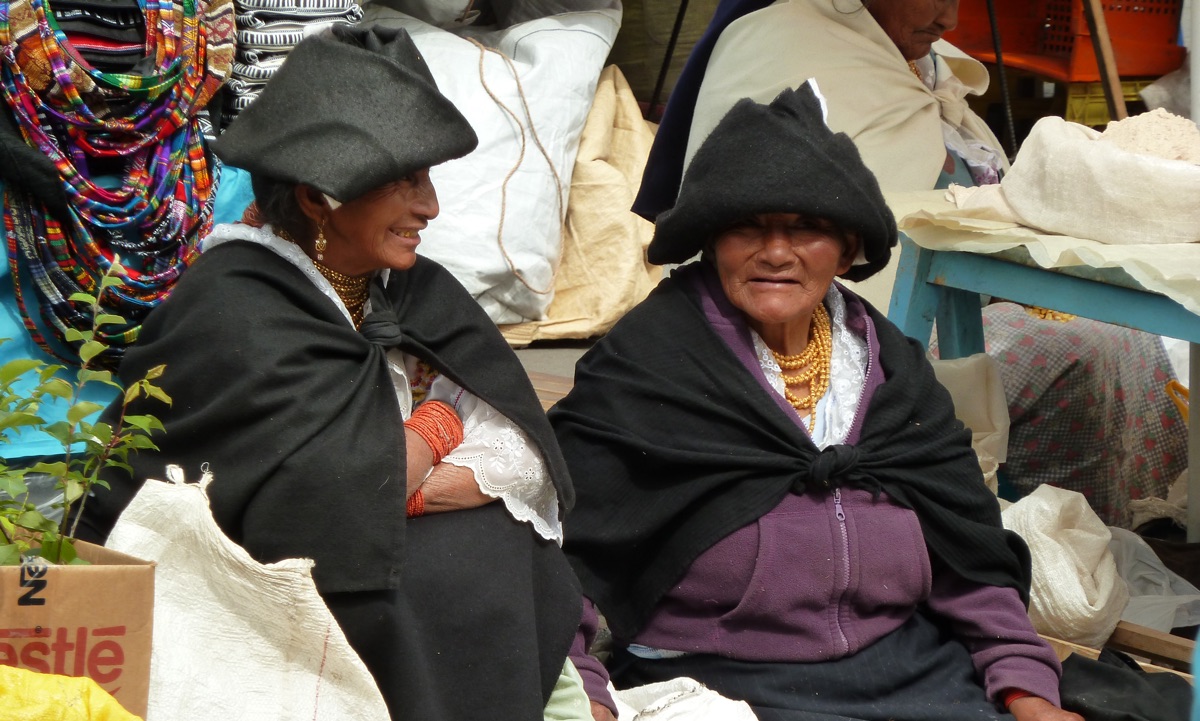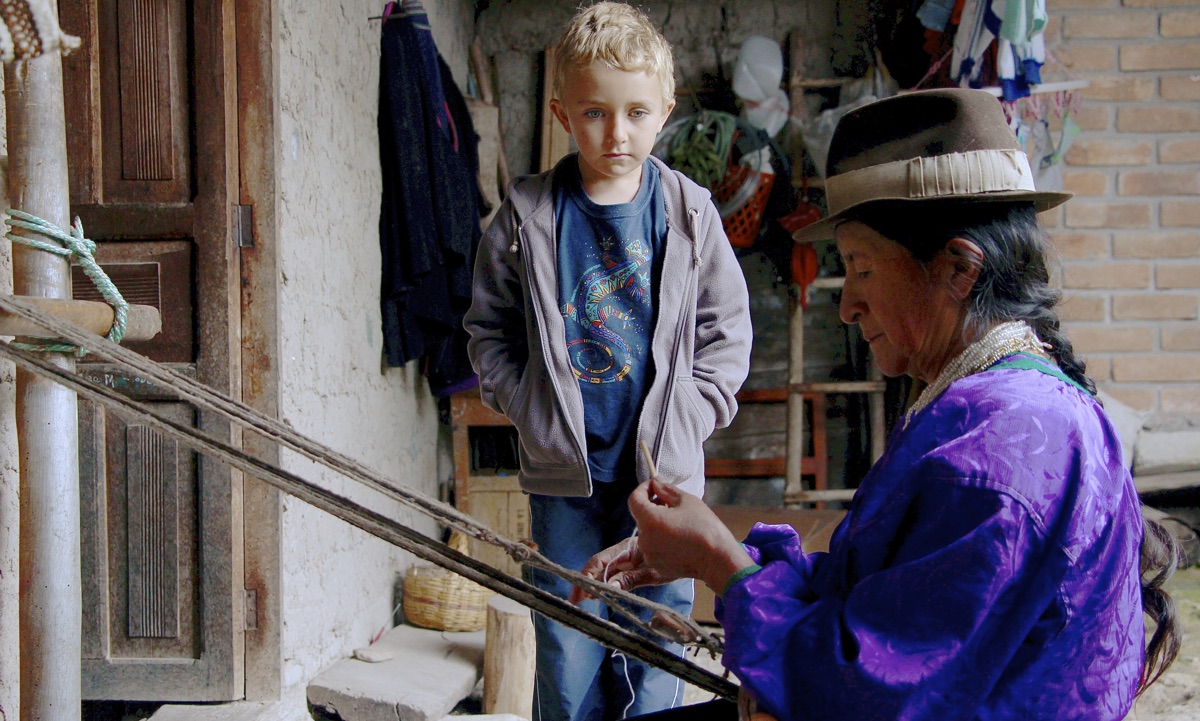Discovering the Imbabura Geopark: located in South America, in the Ecuadorian inter-Andean region. UNESCO listed since May 30th, 2019.
Imbabura Province
Nestled in the northern Andean region of Ecuador, the Imbabura Geopark Project spans the entire province of Imbabura. This region, covering the basins of the Chota Valley and part of the Guayllabamba Valley, is rich in history, culture, and natural beauty. Let’s take a closer look at what makes this area so special.
Imbabura, located between 00° 07′ and 00° 52′ N, and 77° 48′ and 79° 12′ W, is one of Ecuador’s 24 provinces. It includes six districts: Ibarra (the provincial capital, known as the city of San Miguel de Ibarra), Antonio Ante, Otavalo, Cotacachi, Urcuquí, and Pimampiro. The province spans 4,559 km² and is bordered to the north by Carchi (which borders Colombia), to the south by Pichincha (home to Ecuador’s capital, Quito), to the east by Sucumbíos (and the Cuyabeno Reserve) , and to the west by the Afro-Ecuadorian region of Esmeraldas.
Administratively, the borders of the Imbabura Geopark Project are clearly defined. The project falls under Zonal Coordination One, which includes the provinces of Carchi, Esmeraldas, Imbabura, and Sucumbíos. This region offers a coherent vision of the geological history and the events that have shaped the social and cultural espectrum of the province (it’s a place where the Spaniards and the Incas faced the greatest resistance).

The Project
The Imbabura Geopark Project aims to create a sustainable model for community-based fair trade tourism, transition away from extractive industries, and offer a sustainable future to new generations thereby reducing rural emigration. Imbabura already has a strong foundation with extensive public, private, and community tourism infrastructure. Despite functioning as a de facto geopark, its spectacular geocultural wealth hasn’t yet yielded the expected benefits for the local communities. Instead, the profits often go to external operators based in Quito or even abroad.
The proximity to Quito and the new/old railway service that connects the entire territory of the Imbabura Geopark Project, from Otavalo to Salinas, present both unprecedented opportunities and challenges for sustainable community development.
UNESCO Geopark

UNESCO Global Geoparks were created in the 1990s as a European regional initiative to respond to the increasing need for enhancing and preserving our planet’s geological heritage. These geographic sites are part of the evidence of the Earth’s 4.6 billion-year evolution. This initiative is based on three essential pillars: preservation, education, and geo-tourism, all aimed at achieving sustainable economic development by harnessing geological heritage. These guidelines help manage Geoparks and provide opportunities for developing economic and touristic activities that increase the income of local communities and cultivators thus positively affecting their quality of life.
Initially, the Geoparks Network was entirely composed of European members from France, Germany, Greece, and Spain. As the initiative gained global recognition, other regions expressed interest and joined the network. Among them was South America, which had four Geoparks until April 2019, when UNESCO’s Executive Board decided to grant the Global Geopark status to seven new candidates, including three from Latin America: Valle del Colca and Volcanes de Andagua in Peru, Kütralkura in Chile, and Imbabura in Ecuador. With these additions, there are now 147 members of the Global Geoparks Network distributed across 41 countries.
Geoparks encompass specific geographic areas that showcase significant geological features of our planet’s history. In South America, particularly in the Andean zone, the evidence of the convergence and subduction of the Nazca Plate and South American Plate is well preserved. This region boasts a wide variety of natural and geological attractions, including mountain ranges of different ages, valleys, volcanoes, geothermal systems, sedimentary basins, faults, rocks, minerals, and fossils.
The first Geopark in Ecuador
Imbabura Geopark occupies the entire surface of its namesake province, surrounded by Carchi to the north, Pichincha to the south, Sucumbíos to the east, and Esmeraldas to the west. Within Imbabura Geopark, you can find two mountain ranges, the Cordillera Real and the Western Cordillera, separated by the Interandean Valley. These are the main geological structures typifying the Andean orogeny. The Cordillera Real lies to the east and the Western Cordillera to the west of the Geopark, with the Interandean Valley in between. The geological heritage of Imbabura Geopark is equally distributed across these ranges and the valley.

Prominent geoheritage sites in Imbabura include volcanoes (Imbabura, Yanahurco, Cubilche, Fuya Fuya, Cotacachi – Cuicocha), lakes (San Pablo, Yahuarcocha, Piñan, Cuicocha), valleys (Chota and Intag), geothermal complexes (Chachimbiro, Timbuyacu, Nangulví), mineral resources, archaeological sites (Urcuquí), and the Chota sedimentary basin. These sites are must-visit points in the province due to their scenic beauty. For example, Cuicocha Lake is one of the most visited geosites in Imbabura and northern Ecuador.
The rich geological history makes Imbabura a potential area for developing touristic and educational activities, guaranteeing an increase in geotourism. It’s also a hub for academic activities and fieldwork by students and researchers from Yachay Tech’s School of Earth Sciences, Energy, and Environment, as well as other Ecuadorian universities. This academic work is a key component supporting UNESCO’s designation of the Imbabura Geopark.
By embracing this vision, the Imbabura Geopark Project seeks to protect its rich heritage while promoting sustainable growth and development, ensuring that future generations can continue to enjoy and benefit from this unique and vibrant region.
Vanessa (ITK’s French Market Manager) participated in an event commemorating the declaration along with the Imbabura province authorities.




